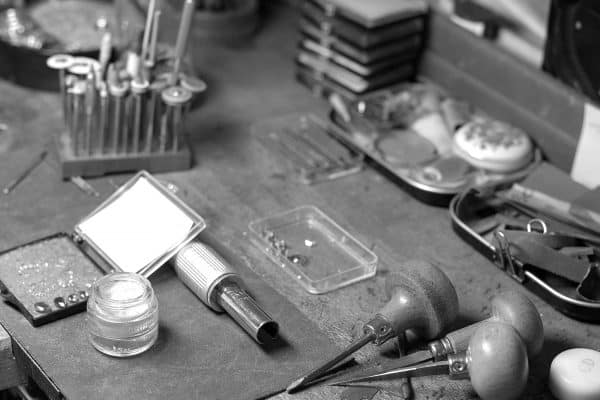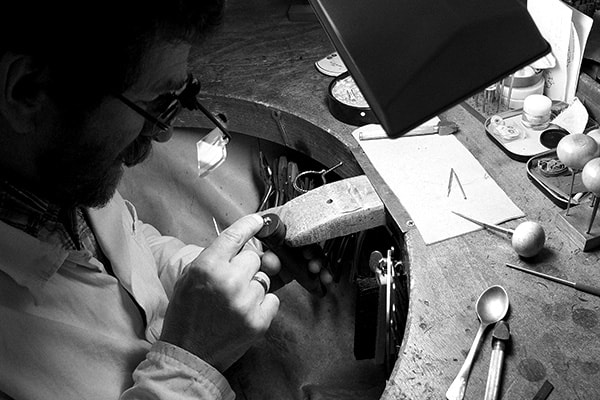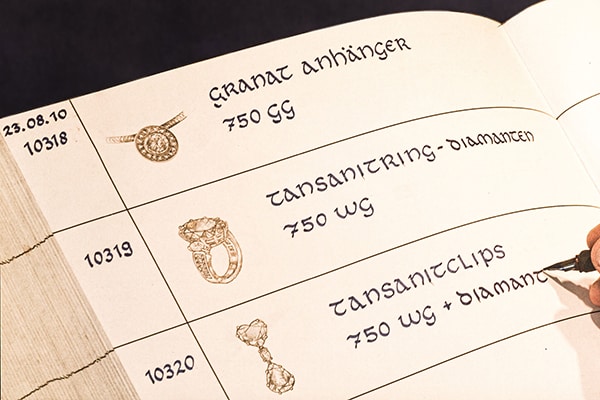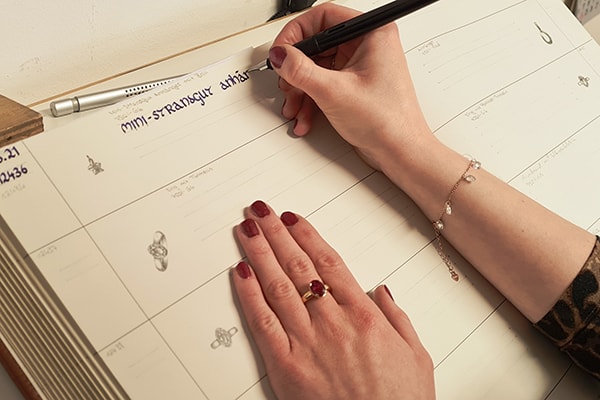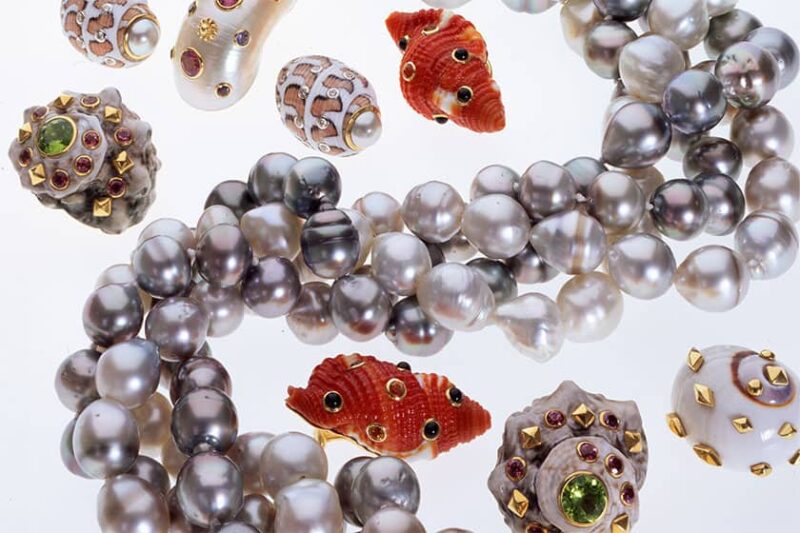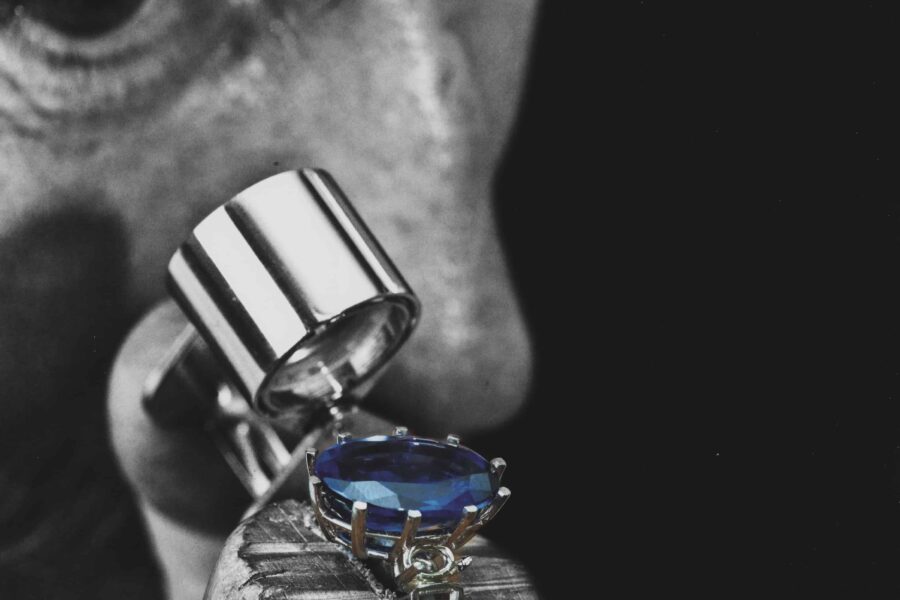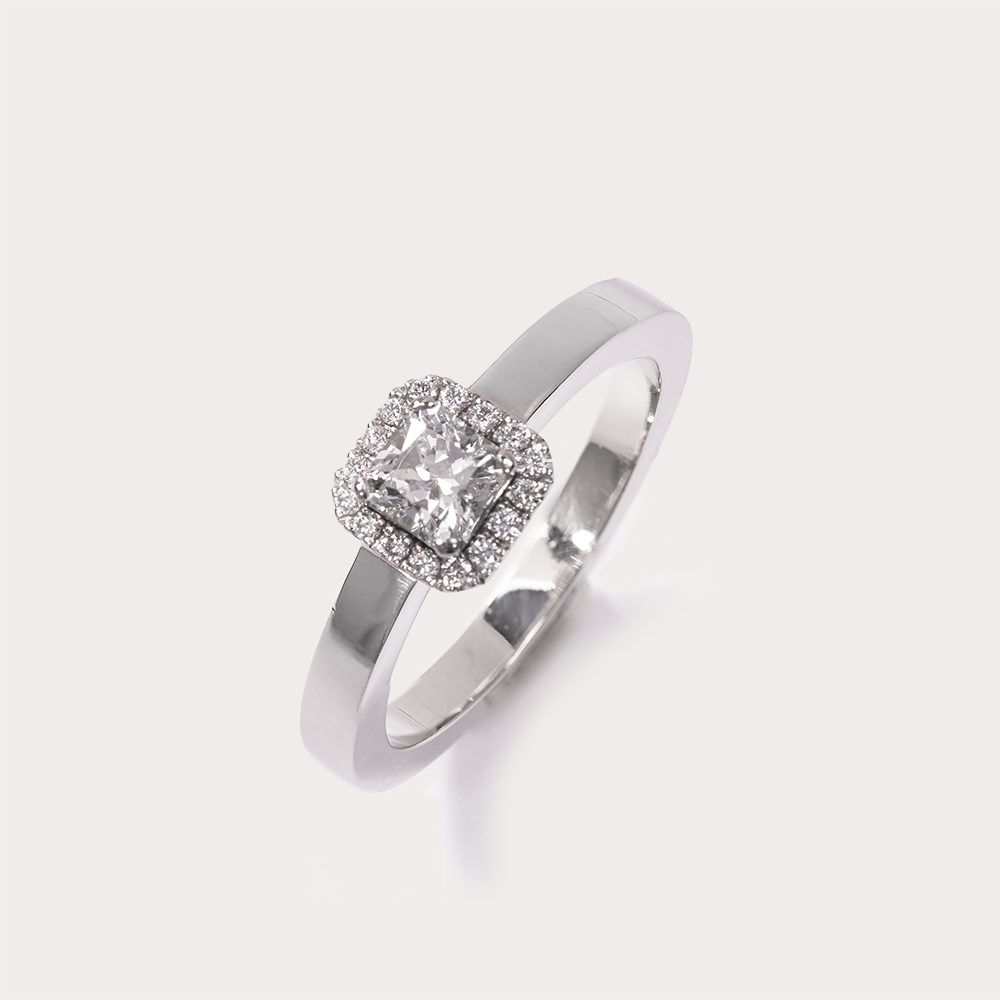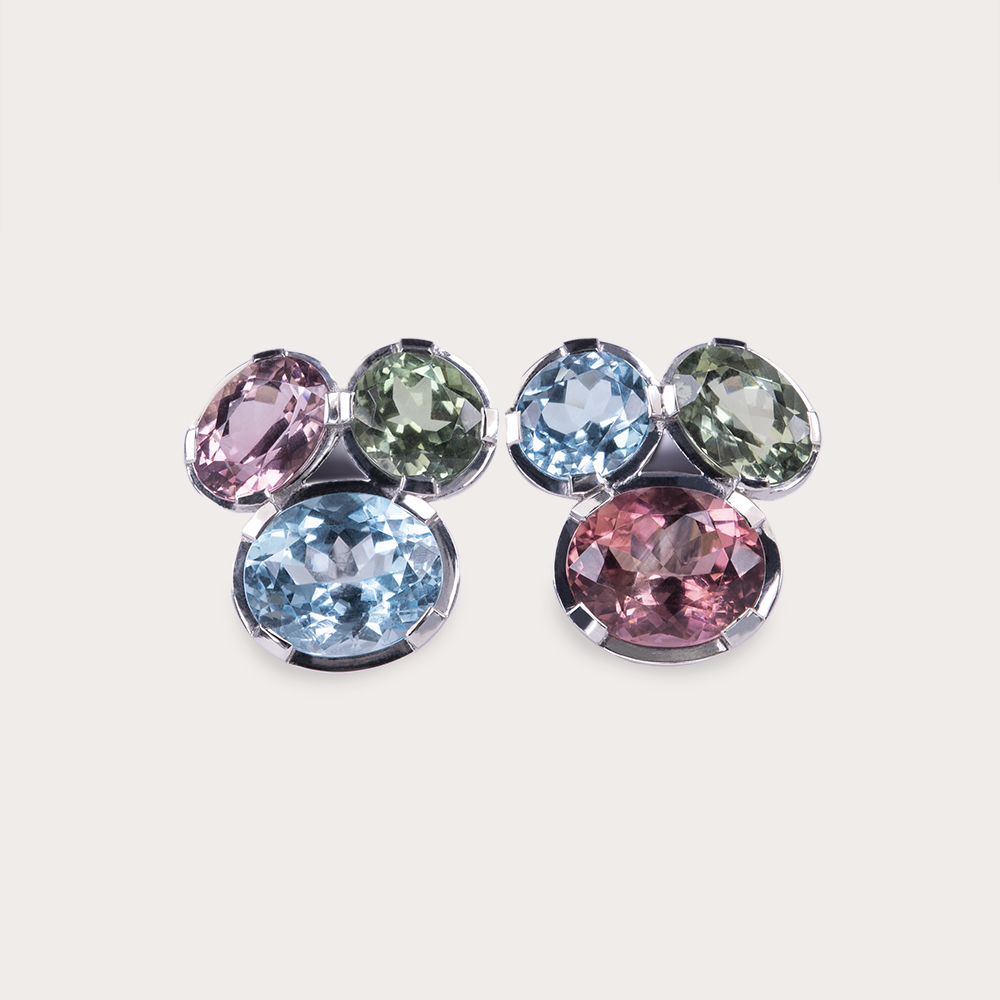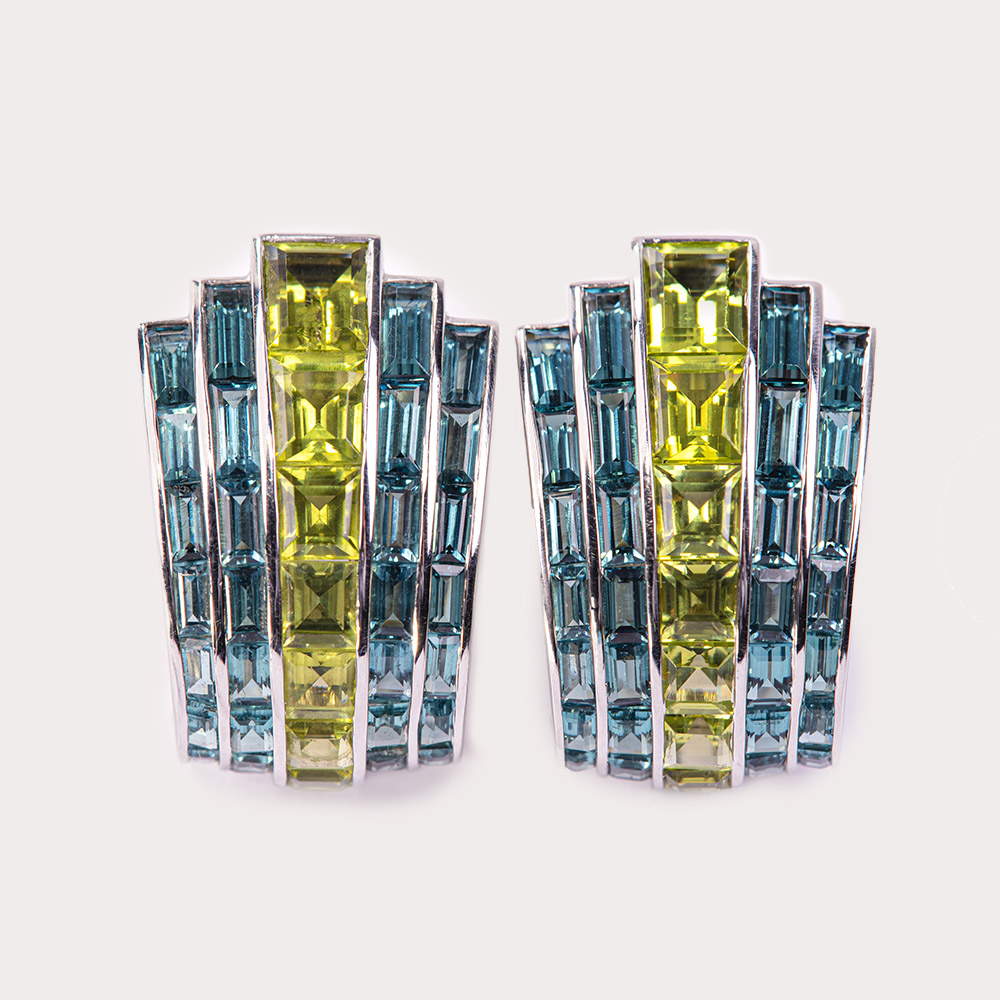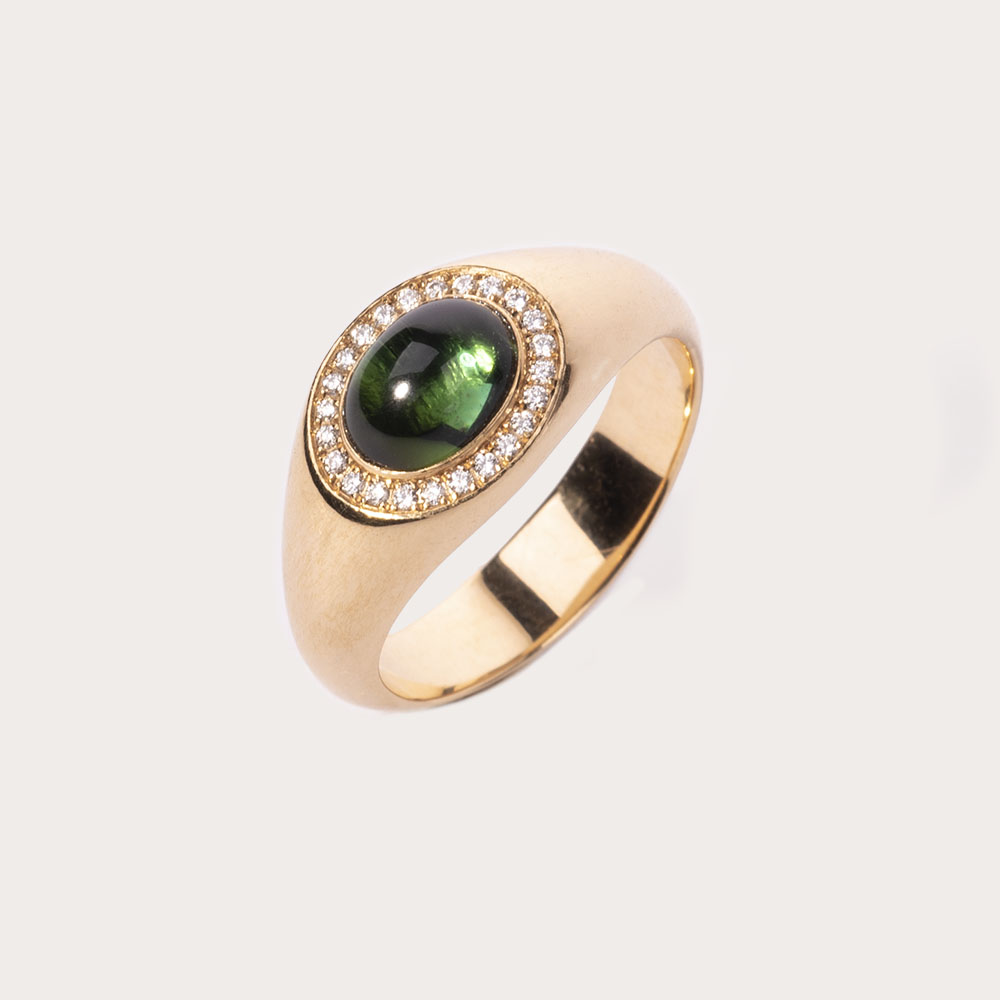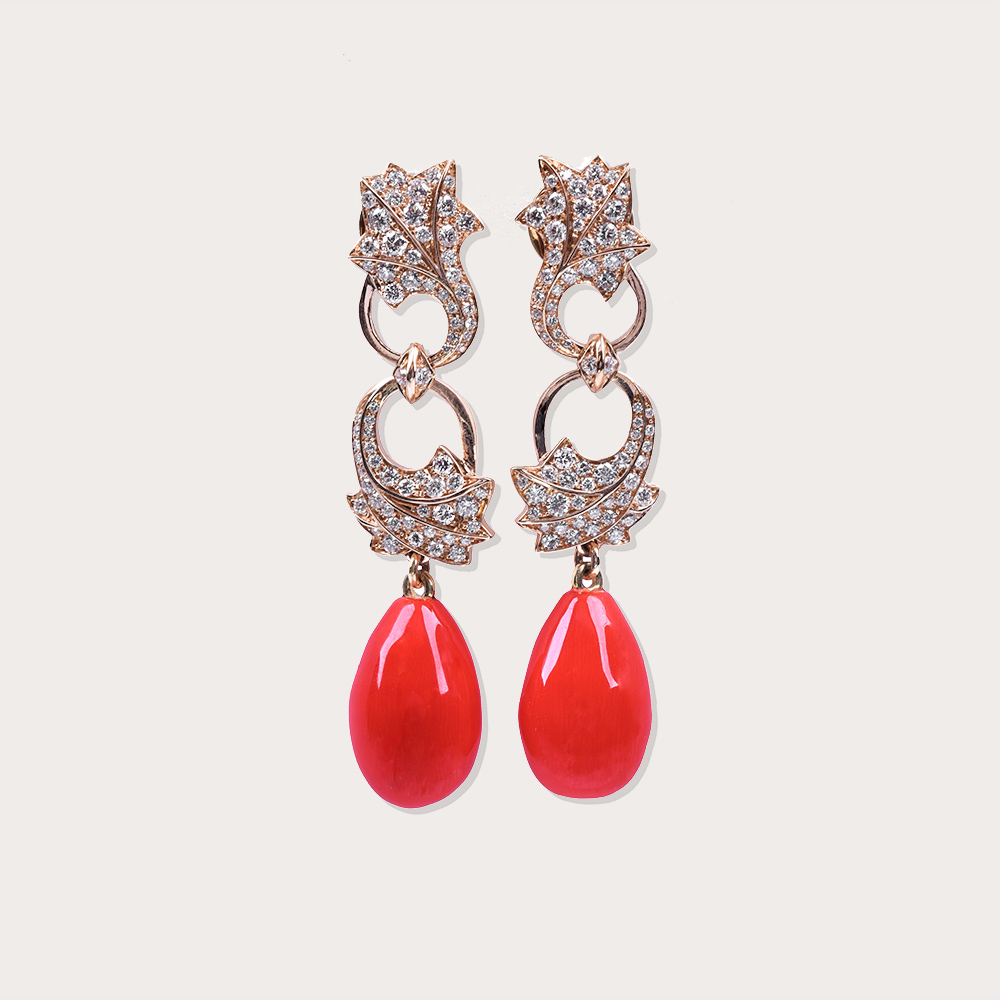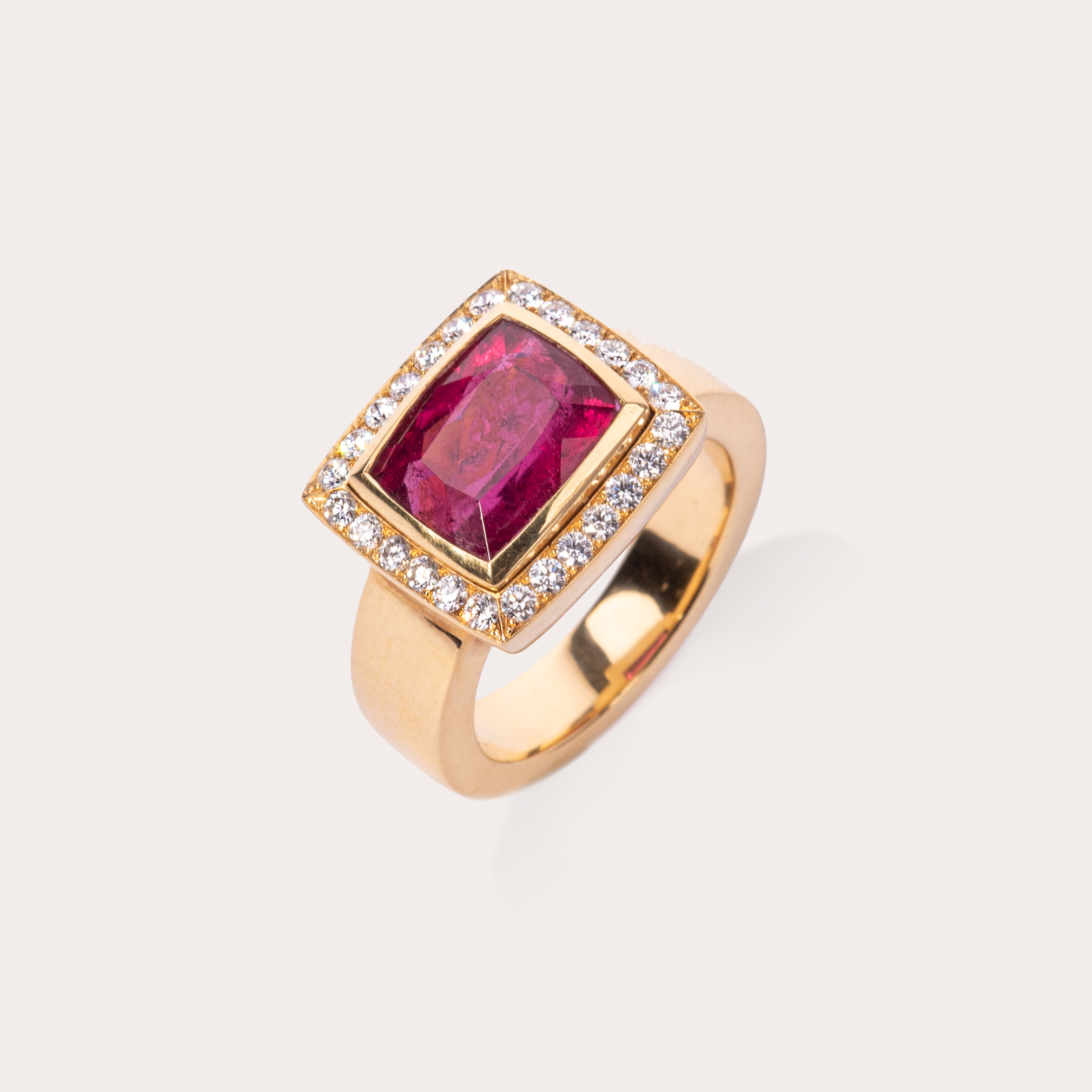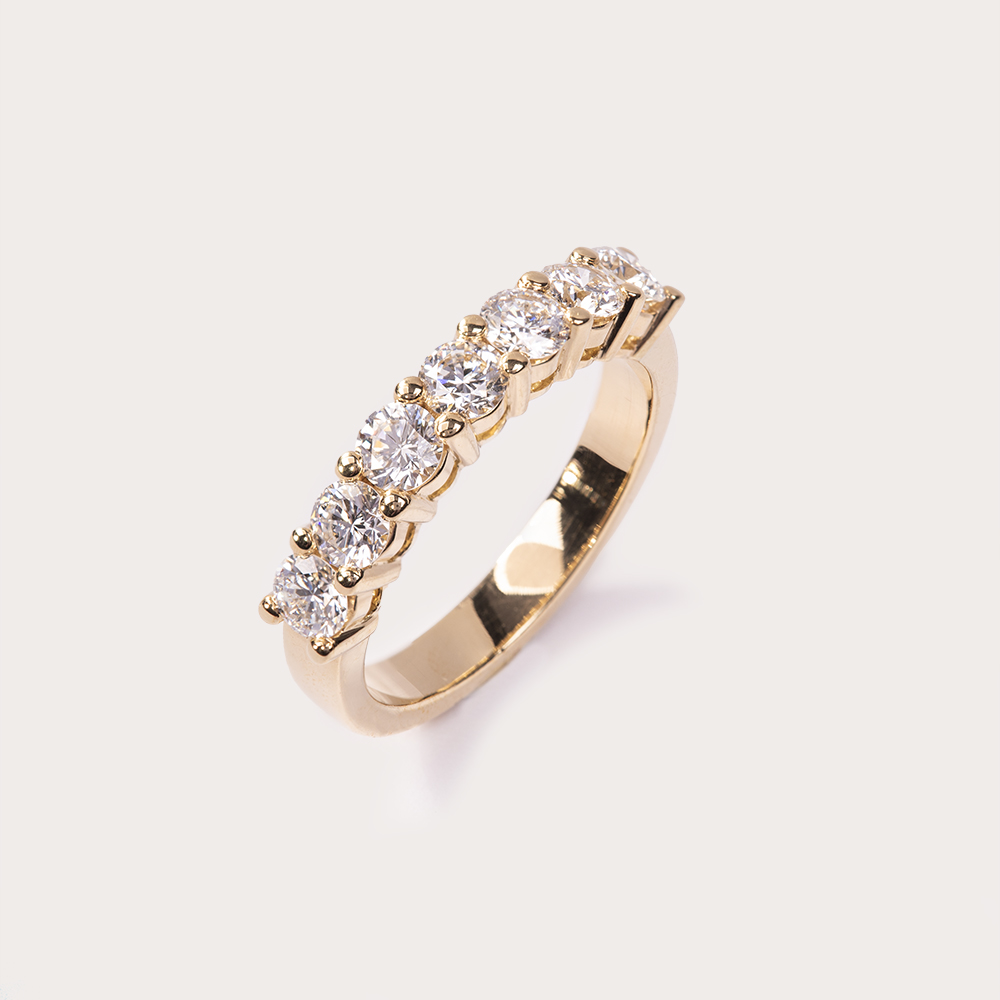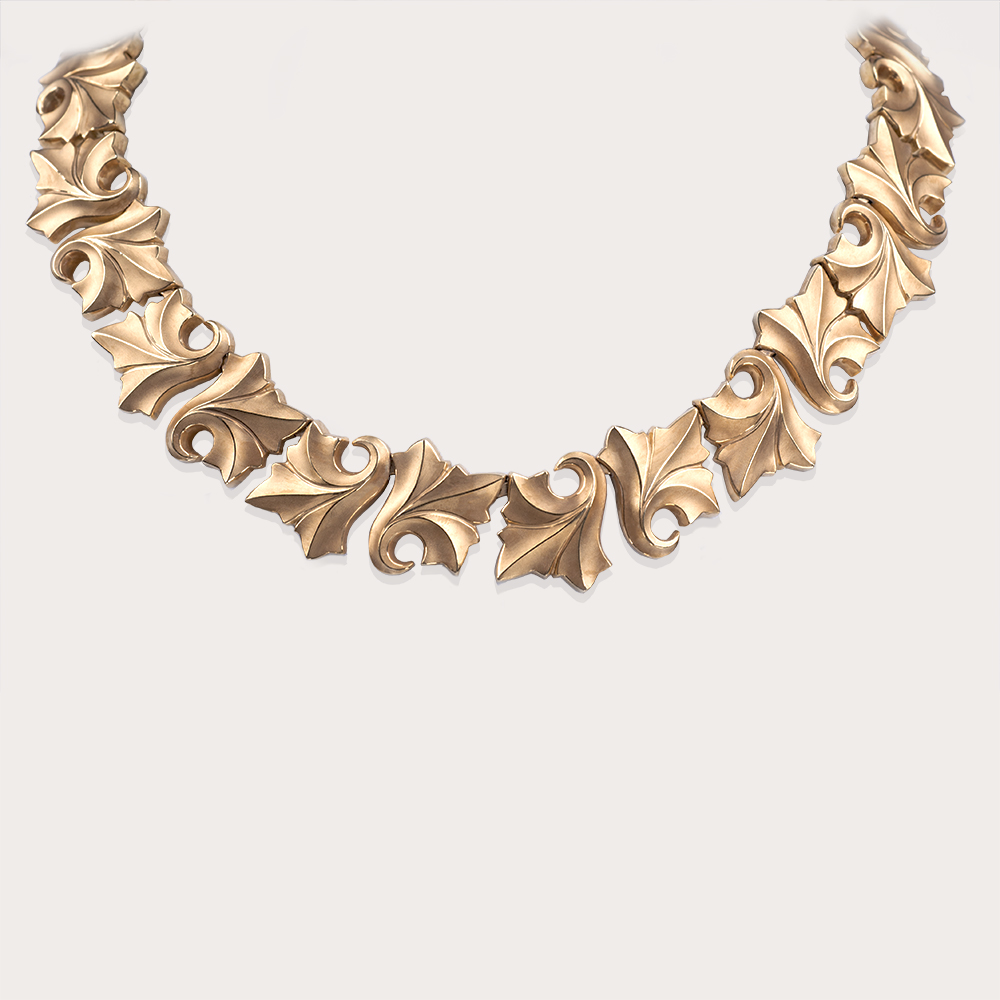IN SIXTH GENERATION
Fochtmann jeweler and goldsmiths
in Munich - The portrait
1811 ESTABLISHMENT IN THE PARENTAL
HOUSE IN BABENHAUSEN
“It is a rarity when a craft activity, the working of metals, the smelting and forging of gold and silver, can be carried out in a family of five generations and the craftsmanship increases from generation to generation until today. ”
Werner Fochtmann’s grandfather proudly noted this sentence in his family chronicle.
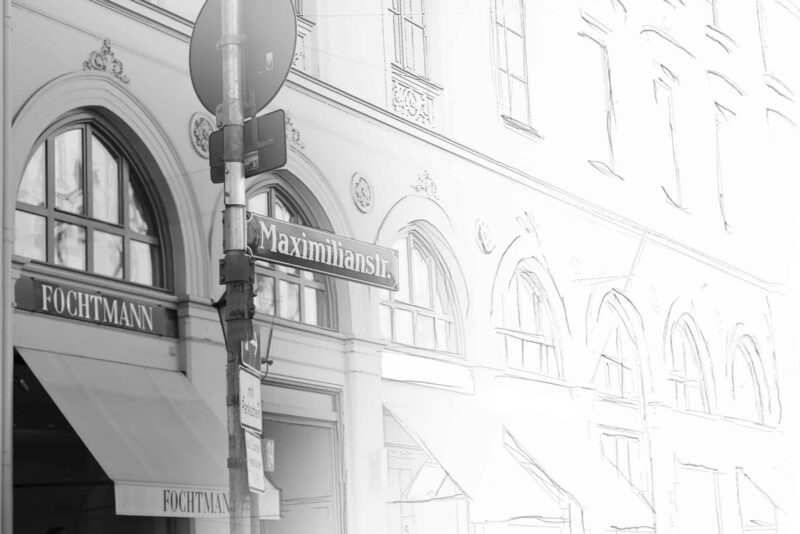
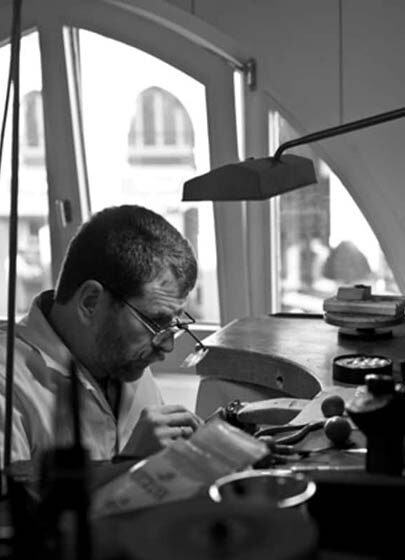
EARLY ENTREPRENEURSHIP
Johann Georg Wachter, Werner Fochtmann’s great-grandfather, acquired a house in Babenhausen as early as 1770 in order to practice his craft and work there as an independent wainwright. His talent as a craftsman led to his being appointed court supplier by Anselm Maria Prince Fugger of Babenhausen in 1803.
The second son of the court supplier, Franz Xaver, took a different path and was apprenticed to a goldsmith in Kempten. In 1811, the Royal Bavarian General Commissariat of the Illerkreis graciously granted him a so-called “personal Gürtlererlaubnis” in return for an “annual recognition of one guilder”. In the same year, he founded a goldsmith’s workshop in his parents’ house in Babenhausen.
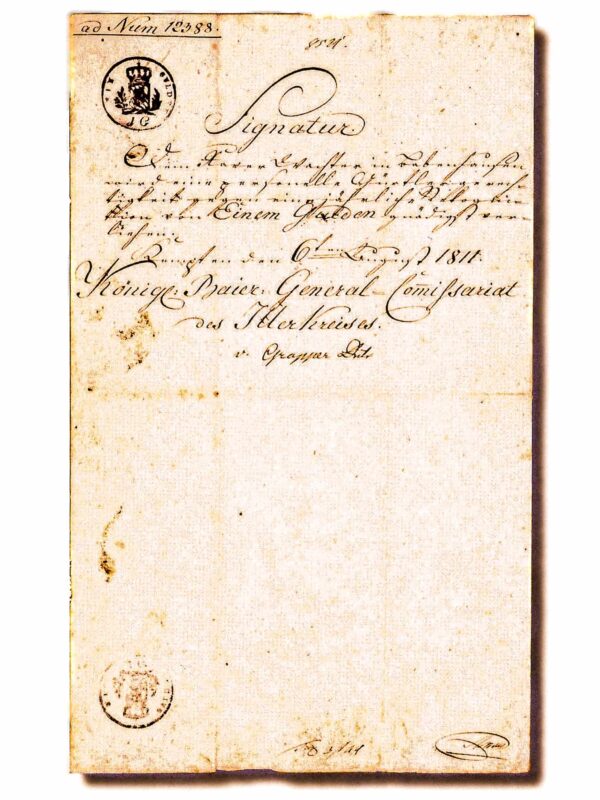
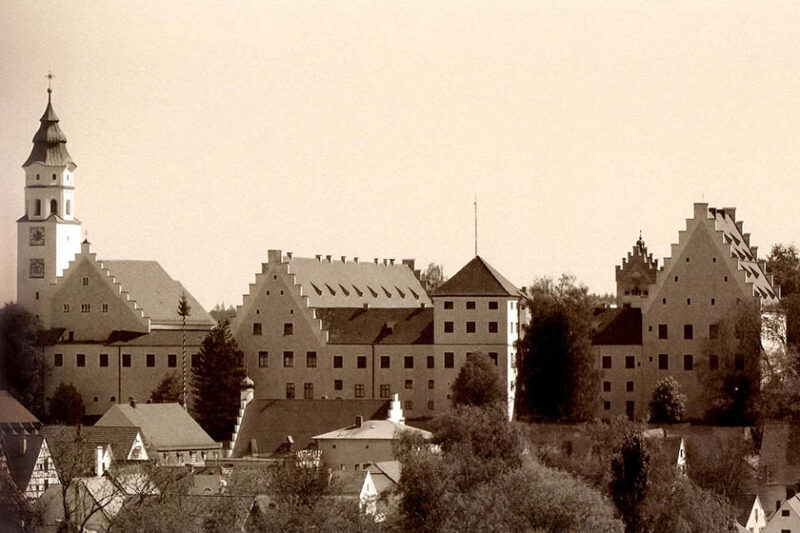
COMMUNICATION AND NEW WAYS
The business was also continued by the next three generations. Franz Xaver Wachter, one of four sons and grandfather of Werner Fochtmann, was born in 1892. He completed his journeyman’s apprenticeship in his parents’ shop in Babenhausen before venturing to the renowned Berlin Goldsmiths’ School at the age of eighteen. After the turmoil of the First World War, he passed his master craftsman’s examination in goldsmithing and silversmithing in Hanau. He then ran a jewellery factory together with his wife. However, he was not able to live out his real passion for the art of goldsmithing in this field of activity in a fully satisfying way.
THE GRANDFATHER AS A SOURCE OF INSPIRATION
So it was up to grandson Werner Fochtmann to complete his grandfather’s vision. It was his grandfather’s creative impulse that served as a deep source of inspiration for Werner Fochtmann, who was born and grew up in Hanau in 1957, and motivated him to train as a goldsmith and silversmith. He began a journeyman’s apprenticeship in Hanau and attended the state drawing academy there during this time. Very formative for Werner Fochtmann were the deep conversations with his grandfather, who inspired him with his drawings even as a young boy. Thanks to his mentor’s affinity for handicrafts, he was also able to gain his first experience with a wide variety of materials in the family workshop as a youngster.
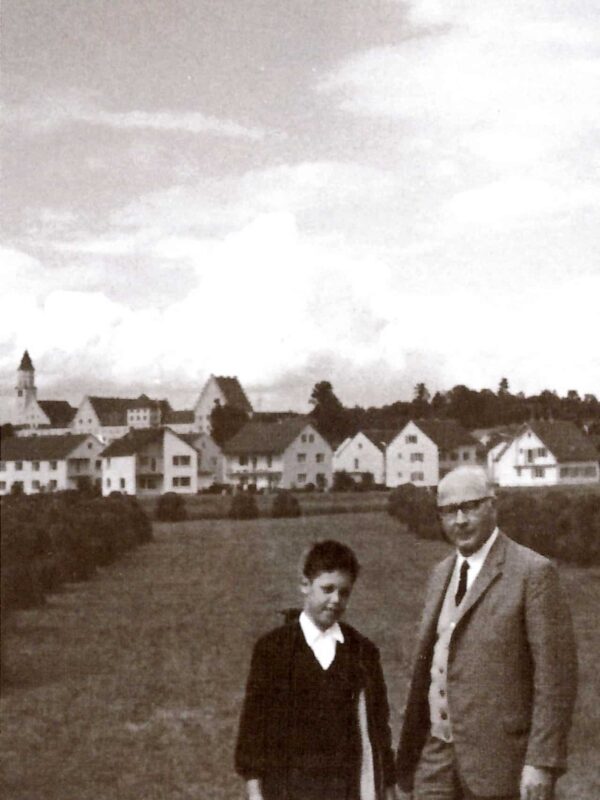
FROM HANAU TO MUNICH /
FROM VISION TO REALISATION
Focused but not narrow-minded: Until he graduated from high school, Werner Fochtmann was a very successful competitive athlete at the Hanauer Rudergesellschaft. His openness to influences from other branches and disciplines accompanies his working methods and approach to work to this day. It is therefore not surprising that during his time as an active rower he was able to gain insights that still influence him today: Success is only achieved through joint work in an enthusiastic team and requires constant flexibility and open-mindedness.
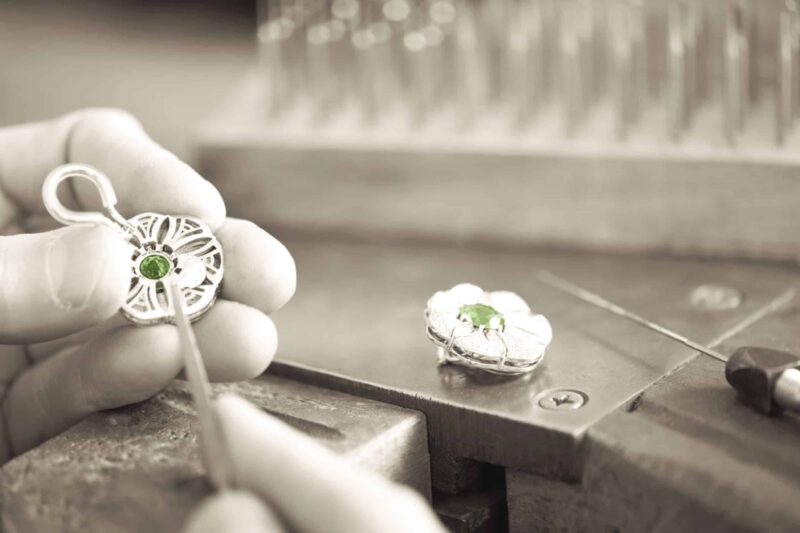

1989 OPENING OF THE FLAGSHIP STORE IN MAXIMILIANSTRASSE
Despite his sporting talent, Werner Fochtmann saw his vocation in the art of goldsmithing. His creations have always reflected the typical characteristics of his zodiac sign Aries, whose element is fire: honest craftsmanship celebrated in unique jewels – regardless of temporary fads.
Consequently, the ram’s head becomes the unmistakable trademark of Werner Fochtmann’s jewellery creations. For his grandfather Franz Xaver, Munich always had an overriding importance as a location. And the grandson closes the circle: in 1989, Werner Fochtmann celebrates the opening of the main store in Maximilianstraße. Now he realises that he has fulfilled his grandfather’s vision.
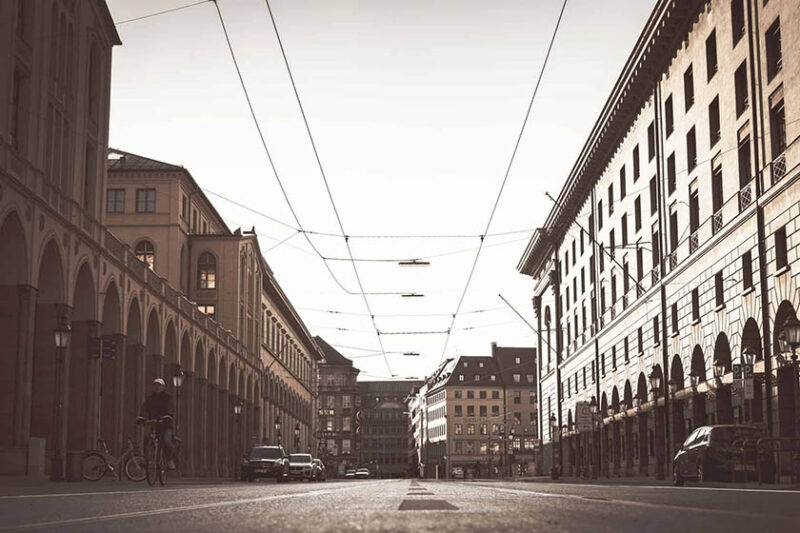

COLLECTIONS: INSPIRED BY NATURE. CREATED BY MASTERS.
Nature becomes art and art becomes natural. The leaf ornament gives the piece of jewellery individual character. It is up to the viewer to decide what he sees or wants to see. Perhaps a column of a Byzantine temple entwined with stone leaves is austere and powerful. Or a Mediterranean hogweed plant with its curved leaves – inviting and generous?
